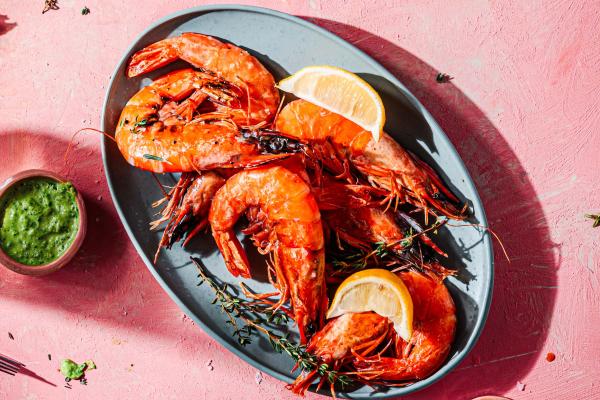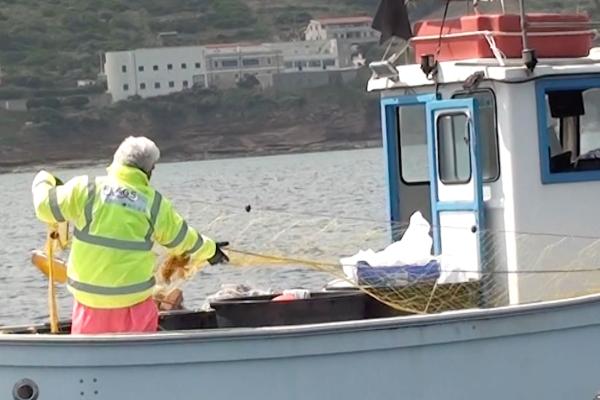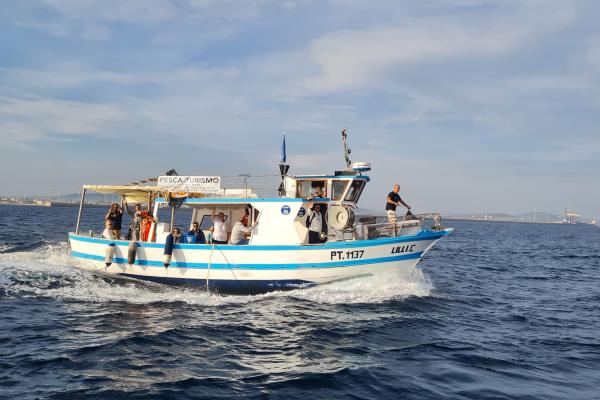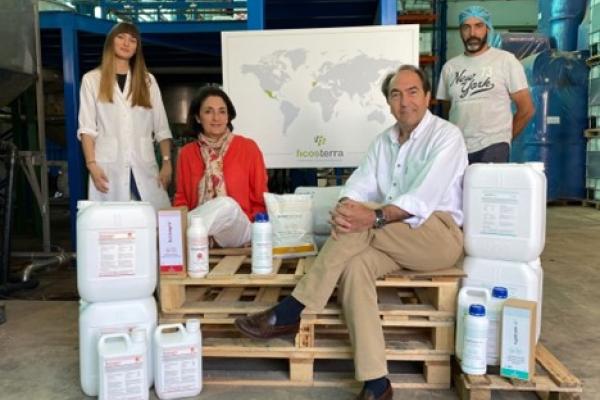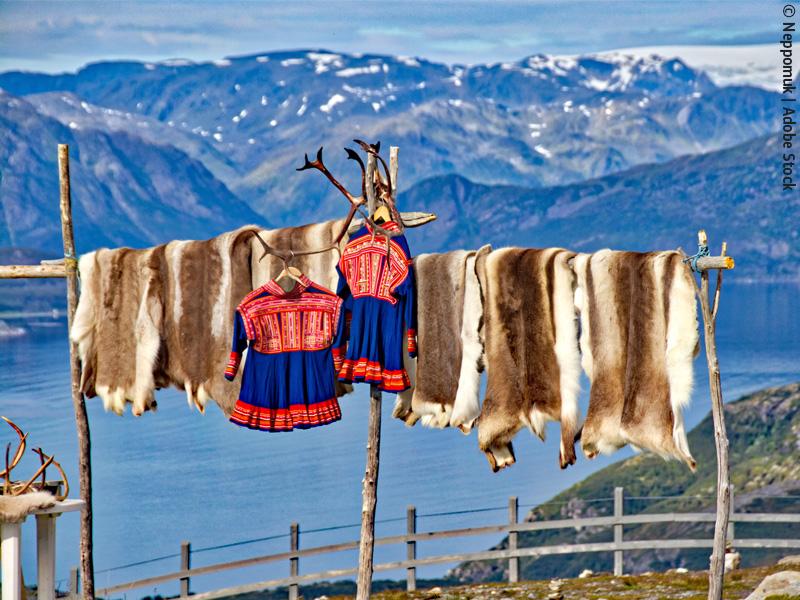
The Sámi people are a nomadic indigenous people inhabiting the region of Sápmi, the largest part of which lies north of the Arctic Circle: it encompasses large northern parts of Norway, Sweden, Finland, and of the Murmansk Oblast, Russia. Although the Sámi are divided by the formal boundaries of these four countries, they exist as one people, united by cultural and linguistic bonds and a common identity. The Sámi people have traditionally relied on hunting, fishing, gathering, and trapping, or a combination of all. Reindeer husbandry is one of the cornerstones in Sámi culture.
The Arctic is also where we can see most clearly the climate change: the region is warming three times faster than the rest of the planet. Sámi people are already experiencing these changes, as their livelihoods and culture are deeply connected to nature, use of land and waters – when nature suffers, their communities are badly affected. For that reason, it is of vital importance for the Sámi to have their voices heard within the European Union, one of the biggest players in the Arctic.
The Saami Council, a voluntary Sámi organisation that promotes Sámi rights and interests in the four countries where the Sámi are living, has thus established the Sapmi project with the help of EU funding.
The objective of the project was to find ways and means on how to raise awareness about the Sámi people within the EU institutions, involve the Sámi civil society on the EU decision-making processes and voicing the Sámi people´s concern on various EU related topics. The project’s objectives were to 1) make available information about the Sámi people and their way of life, present Sámi perspectives and experiences, in particular on issues and policies of interests to them; 2) increase awareness of the Sámi rights, their traditional livelihoods, knowledge, culture and language; 3) promote dialogue, cooperation and exchange of information and best practises with other relevant stakeholders. The main pillars of the project were, apart from increased communication activities (such as a dedicated page on EU affairs on the Saami Council webpage, more social media activities; the production of factsheets on Sámi people), strengthening the presence of the Sámi point of view in EU conferences, workshops and seminars, and participating to the EU (open) consultation mechanism.
The project, which has recently concluded, was successful. The Saami Council engagement via the EU consultation mechanism has helped have their voice heard on key EU initiatives such as the EU Farm to fork Strategy, the EU Biodiversity strategy, the Just Transition Fund, and the European Climate Pact. It has also paved the way for an EU-Sámi Week in Brussels, which will develop into an annual EU event, during which the Sámi people themselves can set the agenda for the discussion with the EU. The project has also increased the cooperation between the Saami Council and the EU Arctic science community. Eventually it has increased awareness on the Sámi people, which in turn has ensured the regular participation of the Saami Council in the public debate with the EU institutions as in the recent Artic Forum and Indigenous Peoples’ Dialogue. On that occasion, Ms Larsson-Blind, the Vice President of the Saami Council underlined the principle that EU engagement in the Arctic “must mean engagement with the people of the Arctic, especially Indigenous Peoples”. The EU fully endorses this principle, also enshrined in the recent joint communication “A Stronger EU Engagement for a Peaceful, Sustainable and Prosperous Arctic”.
Did you like this story?
Then check out the July episode of Euronews OCEAN on the Arctic
Keep informed about the project
Website
https://www.saamicouncil.net/
https://www.saamicouncil.net/en/euunit
Social media
- Facebook : https://www.facebook.com/SaamiCouncil/
- Instagram: https://www.instagram.com/saamicouncil/
- Twitter: https://twitter.com/saamicouncil?lang=en
- Flickr: https://www.flickr.com/photos/saamicouncil
- Vk: https://vk.com/saamicouncil
Details
- Publication date
- 26 July 2022
- Author
- Directorate-General for Maritime Affairs and Fisheries

